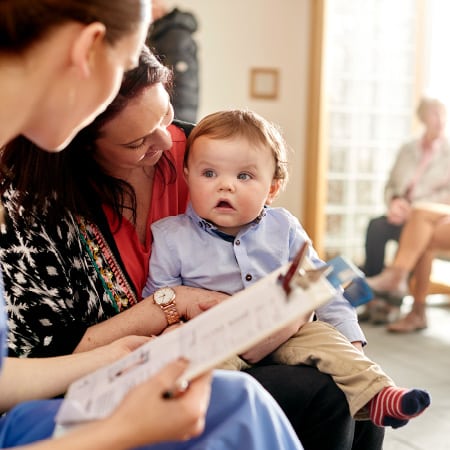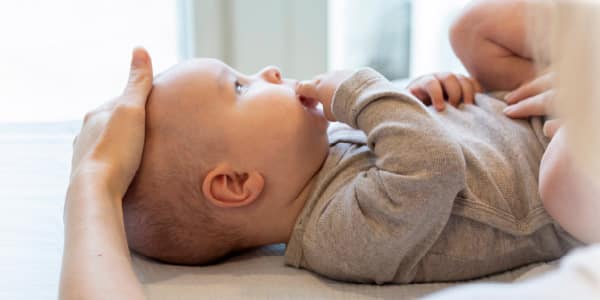Infantile

About Infantile Scoliosis
Infantile scoliosis is an idiopathic scoliosis that affects children younger than 4 years of age and usually begins to develop in the first 6 months of life. It is most often seen in boys and accounts for less than 1% of idiopathic cases.
Like other types of scoliosis it is characterised by an abnormal sideways S or C curve of the spine.
The most common curve type is a left curve. When a right curve is present, particularly in girls, this usually indicates a poorer prognosis.
Once any serious underlying pathology is ruled out as a cause of infantile idiopathic scoliosis, it is divided up into two basic types – Progressive Infantile Idiopathic scoliosis or Resolving Infantile Idiopathic Scoliosis.
Resolving Infantile Idiopathic Scoliosis, as the name suggests, resolves spontaneously. This accounts for approximately 80% of infantile scoliosis cases. Infants with a progressive Infantile Idiopathic Scoliosis continue to worsen and often develop a severe scoliosis in a relatively short time.
Depending on the case, the treatment of infantile scoliosis may involve observation, custom bracing, and as a last resort surgery
It’s important to always have a child thoroughly assessed if you suspect they might have scoliosis.
How is Infantile Scoliosis Diagnosed?
Infantile scoliosis is usually detected in the first 6 months of life, during a routine examination by a pediatrician, nurse or noticed by a child’s parents. When scoliosis is suspected, a careful neurologic exam and MRI should always be carried out to ensure that the scoliosis is not the result of a neurological condition and that the spinal cord is not being affected by another disease.
Even with an MRI it is still normal for X-rays to be taken. Unlike an MRI, X-rays give clear images of the bones and allow for more precise measurements of the curvature. A special measurement called the rib vertebral angle difference is (RVAD) is also used to determine if the infantile scoliosis has a chance of resolving. If the RVAD is significant it means there is little to no chance that the scoliosis can resolve and in these cases serial casting is usually recommended.
If you’ve noticed something unusual in a loved one, we’re here to answer any questions you may have. Contact Us.
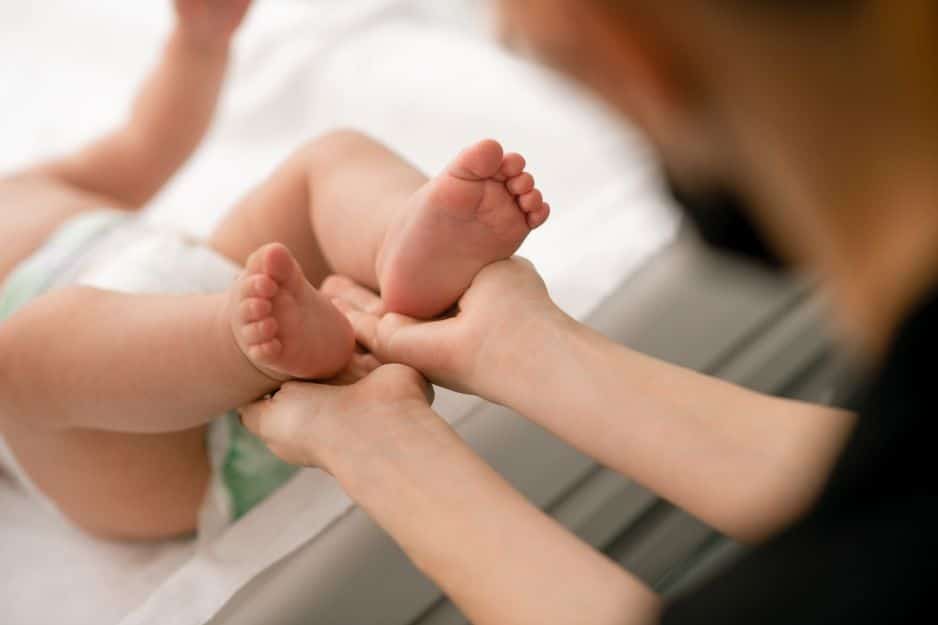
How is Infantile Scoliosis Treated?
- As many cases of infantile scoliosis resolve without intervention there are varying opinions on when treatments such as casting and bracing are needed. As a general rule, the larger the curve the more likely it is to progress.
- As a guide, curves between 10 and 20 degrees have a greater chance of resolving without treatment than do curves greater than 20 degrees. Hence intervention may be recommended when a curve is greater than 20 degrees. However all curves at some stage pass through the 10-20 degree range and there may be indications for early intervention in some cases.
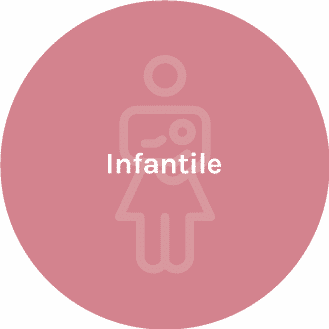
Treatments for Infantile Scoliosis
It is very important that these appointments are regular, as a curve can suddenly worsen with a small amount of growth. In cases where an infantile scoliosis resolves without intervention, the child should continue to be reviewed upto and throughout adolescence. This is because growth throughout the years may trigger a return of the scoliosis or progression in a mild case, even in a previously non-progressive curve. If progression does occur in these patients casting and bracing treatment will usually be recommended.
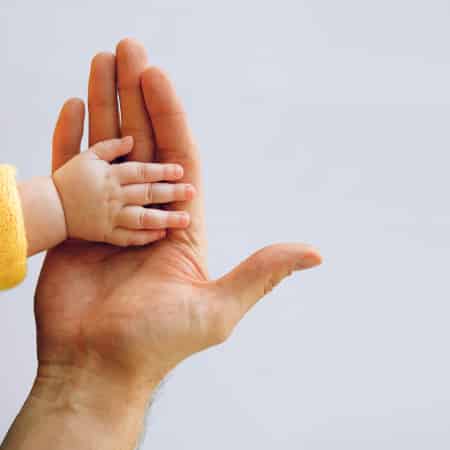
The cast is changed, usually every 6 to 12 weeks, in an attempt to gradually correct the curvature. The cast is made of plaster or fiberglass and is usually applied in the operating room under a general anaesthetic. This means that the infant will be asleep during the application process.
Bracing treatment will usually follow casting treatment in an attempt to try and maintain the correction achieved via casting.
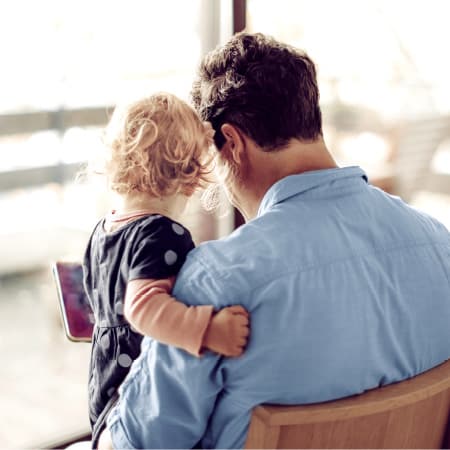
When bracing is used following casting or in its own right, the brace is worn full time except for bathing and during exercise. This regime is usually maintained for 2 to 3 years. After this time the child may be weaned off the brace or moved to part time use, provided the curve is stable. When the child is old enough, scoliosis specific exercise such as
ScoliBalance® may play a role in helping to stabilise brace correction.
In a minority of cases, when casting and bracing do not stop the progression of the curve, surgery may be the only option.
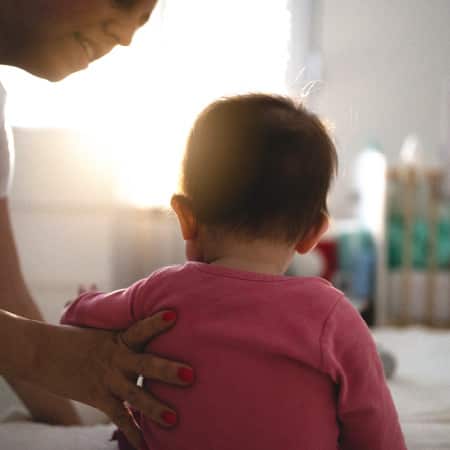
Surgery may consist of the placement of rods which are attached to the spine to maintain curve correction. In some cases special rods called growing rods can be used in an attempt to maintain correction and allow growth.
